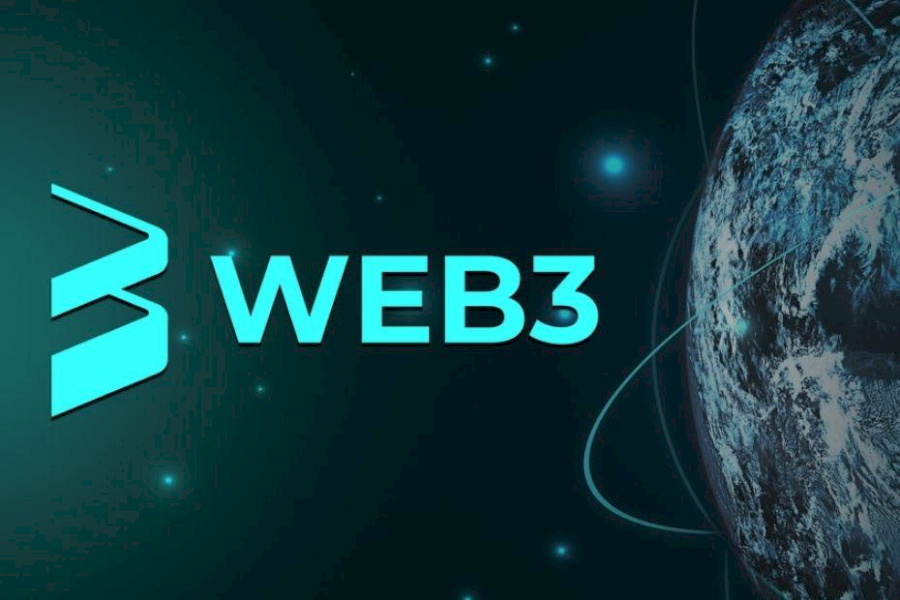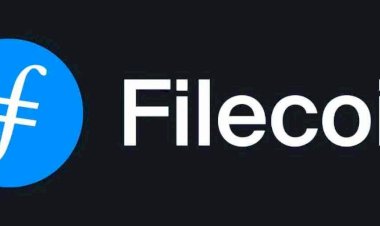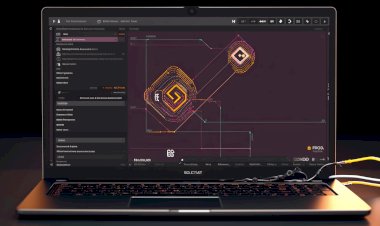A Beginner's Guide to Retrieving Token Balances with Web3.js
19 May 2023
Web3.js is a powerful JavaScript library that serves as the interface between your application and the Ethereum blockchain. With Web3.js, developers can interact with smart contracts, retrieve account balances, and perform various operations on the blockchain. In this article, we will focus on retrieving the balance of a token using Web3.js. Whether you're a novice developer or an experienced blockchain enthusiast, this guide will walk you through the steps to fetch token balances and integrate them into your applications.
-
Setting Up the Environment: To get started, ensure that you have Node.js and npm (Node Package Manager) installed on your system. Create a new project folder and initialize it by running
npm initin your project's root directory. Install the Web3.js library by runningnpm install web3in your terminal. This will set up your development environment and allow you to begin coding with Web3.js. -
Connecting to the Ethereum Network: To interact with the Ethereum blockchain, you need to establish a connection using an Ethereum provider. Web3.js supports several providers such as MetaMask, Infura, and your own local Ethereum node. Configure your preferred provider by instantiating a new Web3 object and specifying the provider URL.
const Web3 = require('web3'); const providerUrl = 'https://mainnet.infura.io/v3/your-infura-api-key'; const web3 = new Web3(providerUrl); Replace 'your-infura-api-key' with your actual Infura API key or provide the URL of your Ethereum node.
- Loading the Token Contract: To retrieve token balances, you need to load the token contract using its contract address and the contract's ABI (Application Binary Interface). The ABI is a JSON representation of the contract's functions and parameters. You can obtain the contract's address and ABI from popular Ethereum blockchain explorers or by consulting the token's documentation. Once you have the contract address and ABI, create a new instance of the contract using Web3.js.
const tokenAddress = '0xTokenContractAddress'; const tokenAbi = [{...}]; const tokenContract = new web3.eth.Contract(tokenAbi, tokenAddress); Replace '0xTokenContractAddress' with the actual address of the token contract, and tokenAbi with the token's ABI.
- Retrieving Token Balances: Now that you have the token contract instance, you can retrieve token balances for a specific Ethereum address. To do this, call the
balanceOf()function on the token contract, passing in the Ethereum address as a parameter.
const ethereumAddress = '0xEthereumAddress'; tokenContract.methods.balanceOf(ethereumAddress).call((error, balance) => { if (error) { console.error(error); } else { console.log(`Token Balance: ${balance}`); } }); Replace '0xEthereumAddress' with the Ethereum address for which you want to retrieve the token balance. The balanceOf() function is asynchronous, so you can use a callback or promise to handle the result.
- Handling Token Decimals: Some tokens have decimal places, which need to be taken into account when displaying the balance accurately. The
balanceOf()function returns the token balance as the raw amount, which needs to be divided by the token's decimal factor to get the user-friendly balance.
const decimals = 18; // Replace with the token's actual decimal value const userFriendlyBalance = balance / Math.pow(10, decimals); console.log(`User-friendly Balance: ${userFriendlyBnce}`); Replace 18 with the


